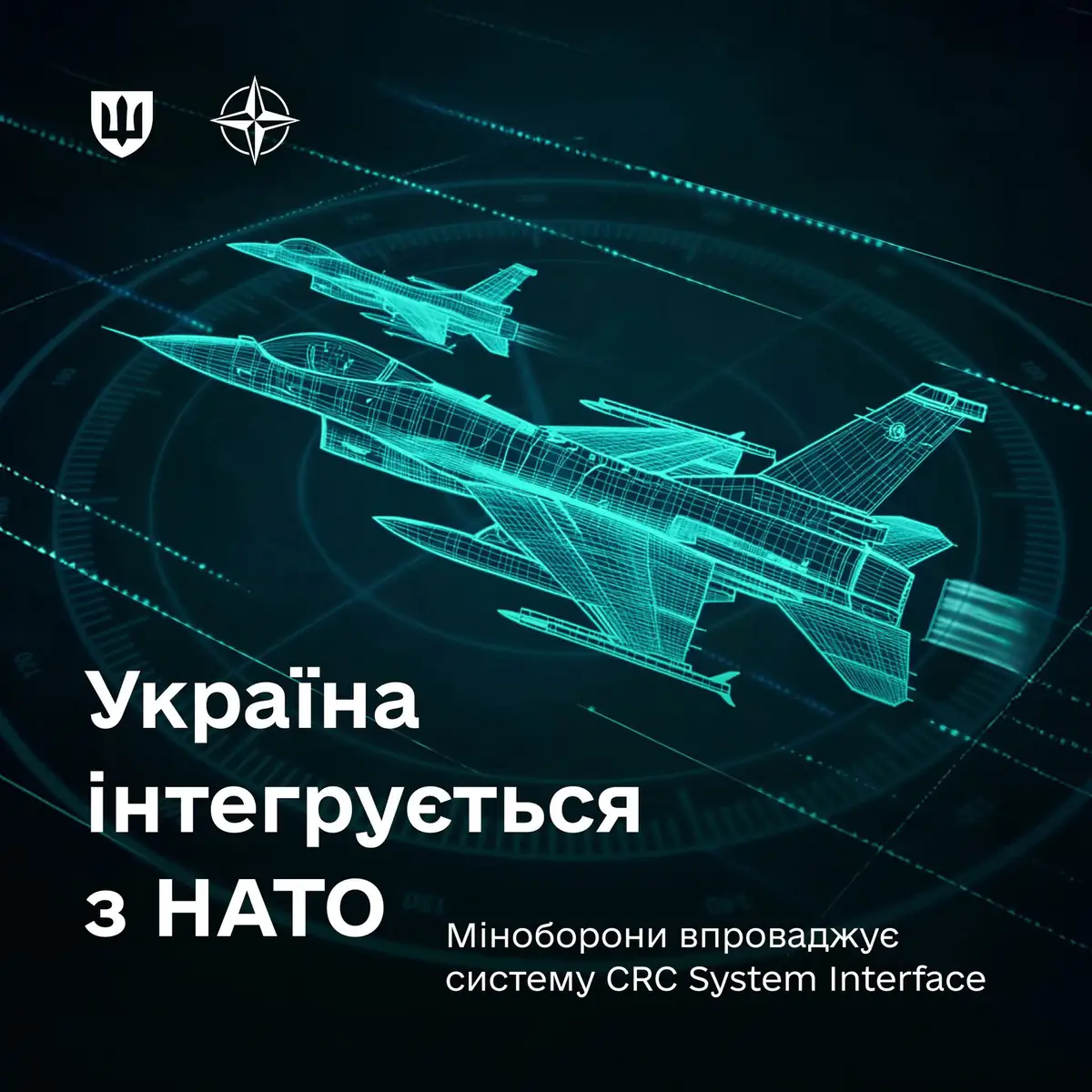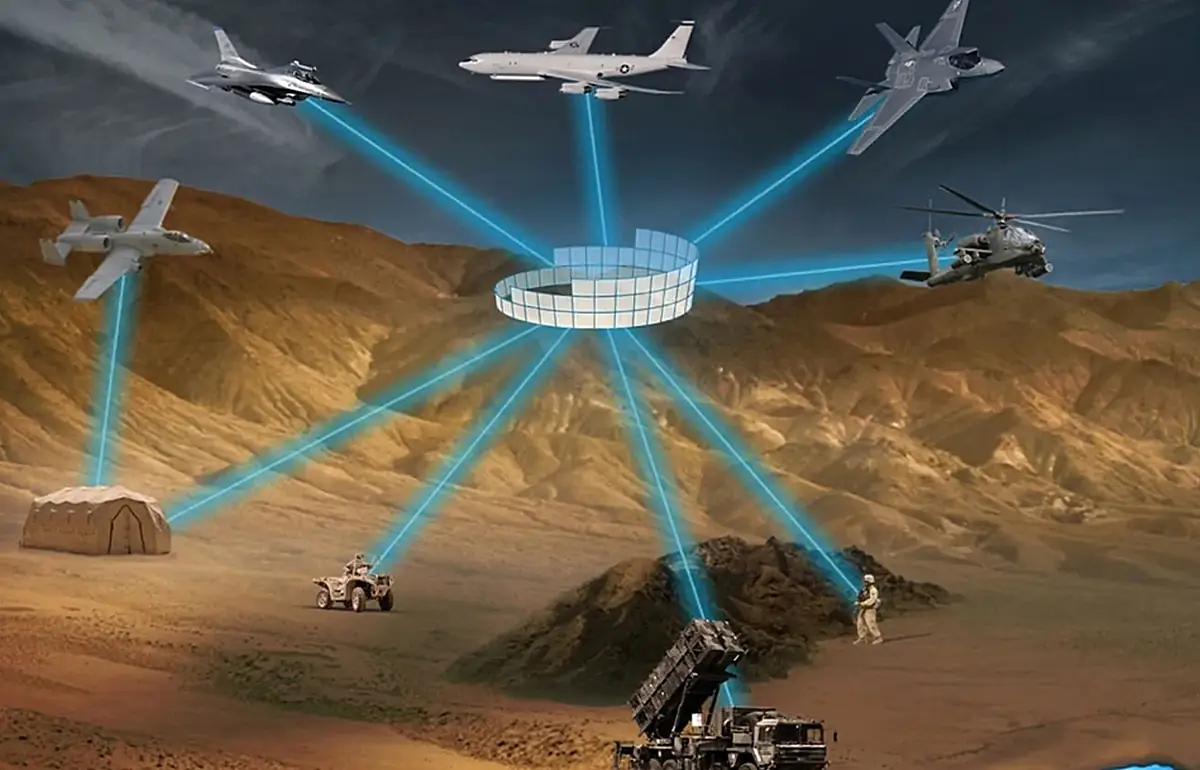The Ukrainian Ministry of Defence has signed a licensing agreement with NATO to use the CRC System Interface (CSI) software – core to the Alliance’s combat command and control infrastructure. This system enables digital integration between air forces and air defense units.
The signing of the agreement for non-commercial use of the CRC (CSI) software was announced by Kateryna Chornogorenko, Ukraine’s Deputy Minister of Defence for Digital Development.
Ukrainian aircraft will be equipped with the CRC system interface, allowing for coordination and control not only between domestic platforms but also between Ukrainian and NATO aircraft.

The CRC System Interface is a hardware-software platform designed to enable the exchange of tactical data between various military units and platforms, including F-16 and Mirage 2000 fighter jets, as well as air defense systems like Patriot and NASAMS. It supports core NATO data exchange protocols such as Link-16, Link-11B, JREAP-C, MBDL, and ATDL-1, among others. This integration makes it possible to build a unified, real-time operational picture and coordinate actions across units more effectively.
Beyond aircraft-to-aircraft communication, the system also facilitates data sharing between naval vessels, NATO airborne early warning aircraft (NAEW), command centers, and aviation units. For broader-scale deployment, NATO-standardized data links – such as ATDL-1, Link 1, Link 11A, Link 11B, and Link 16 – are used to ensure interoperability across allied systems.
Another key feature of the system is its ability to assign targets and transmit target data to aircraft – both within the same air unit and across different units. This significantly improves operational responsiveness, particularly in scenarios such as intercepting cruise missiles.
Deputy Defense Minister Kateryna Chernohorenko emphasized that this marks an important step toward full integration with NATO’s combat command and control infrastructure. She also highlighted that the project was made possible through the joint efforts of the Ukrainian Ministry of Defense, the General Staff, the Air Force, and international partners.

It’s worth noting that integrating this system into F-16 fighter jets will significantly enhance their combat capabilities. At the same time, the platform’s inherent flexibility opens the door for future upgrades. This includes the potential installation of advanced radar systems, modern communication suites, threat warning systems, and other mission-critical equipment.
Additionally, even before any F-16s were officially handed over, there were discussions back in 2023 about potential upgrades to the aircraft that might be supplied to Ukraine. However, at that time, no specific details about the scope or nature of those upgrades were disclosed.
This agreement marks an important milestone in the digital transformation of Ukraine’s Armed Forces. It brings the country closer to NATO standards in terms of combat management and tactical data exchange.
Source: X (Twitter)









